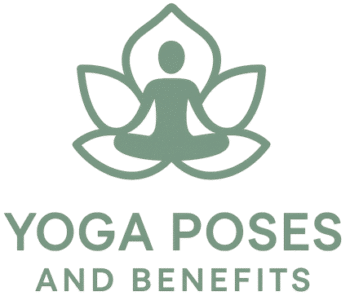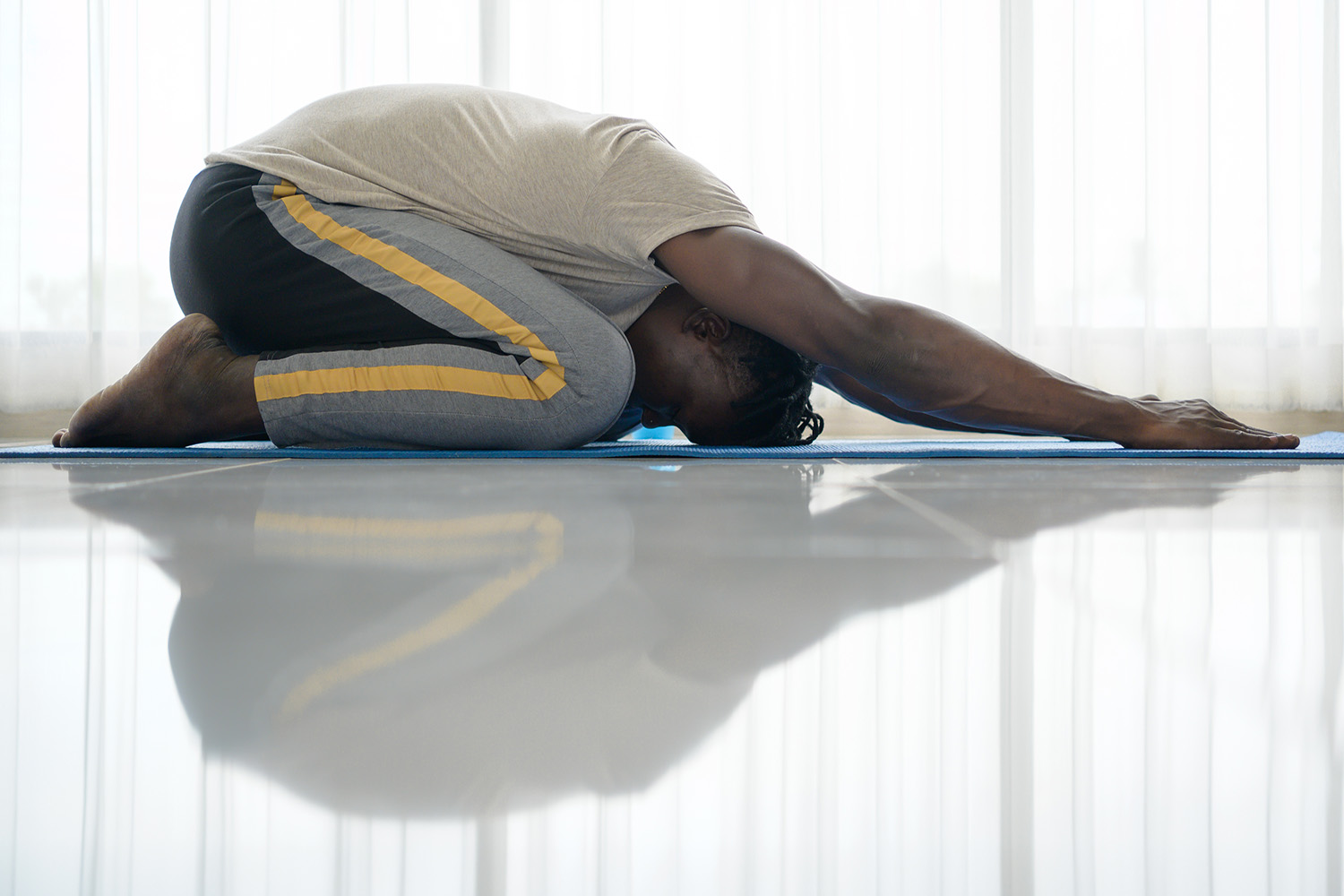Child’s Pose in yoga, or Balasana, is a quintessential yoga pose that serves as a resting and grounding posture, providing solace and renewal to practitioners of all levels. Explore the various dimensions of Child’s Pose, from its alternate names and modifications to the mental and physical benefits it offers. Whether you’re a beginner seeking a comforting refuge or an advanced yogi looking to refine your practice, Child’s Pose beckons you to bow into serenity and embrace the rejuvenating embrace of the mat.
Other Names for Child’s Yoga Pose
Known by different names across diverse yoga traditions, Child’s Pose is also referred to as:
- Balasana (Sanskrit)
- Resting Pose
- Embryo Pose
How to do Child’s Pose in Yoga
Follow these steps to gracefully enter Child’s Pose and experience its soothing embrace:
- Start in Tabletop Position: Begin on your hands and knees in a tabletop position, with your wrists directly under your shoulders and knees under your hips.
- Sink Back: Inhale deeply, then exhale as you sit back on your heels, lowering your torso toward the mat.
- Extend Arms: Extend your arms forward, lowering your chest toward the floor. Your forehead can rest on the mat.
- Relax and Breathe: Allow your hips to sink toward your heels, and find a comfortable position for your arms. Breathe deeply and relax in this posture.
- Hold the Pose: Hold Child’s Pose for 30 seconds to a few minutes, maintaining steady and mindful breathing.
- Exit Mindfully: To release, inhale as you gently walk your hands back toward your body, returning to the tabletop position.
Variations of Child’s Yoga Pose
Explore these variations to customize your Child’s Pose experience:
- Extended Child’s Pose: Reach your arms further forward to lengthen the spine and stretch the shoulders.
- Wide-Knee Child’s Pose: Keep your knees wider apart to create space for the torso to sink through.
Modifications for Child’s Yoga Pose
For a more accessible experience, consider these modifications:
- Using Props: Place a cushion or bolster under your forehead for added support.
- Knee Support: If sitting back on your heels is uncomfortable, place a cushion or blanket between your hips and heels.
Contraindications for Child’s Pose in Yoga
While generally safe for most practitioners, individuals with the following conditions should approach Child’s Pose mindfully:
- Knee or Ankle Injuries: Modify the pose to avoid strain on injured joints.
- Pregnancy: Pregnant individuals can perform Child’s Pose with modifications to accommodate the belly.
Tips to Improve Child’s Yoga Pose in Your Practice
- Focus on Breath: Pay attention to your breath, inhaling deeply through the nose and exhaling completely.
- Lengthen the Spine: While in the pose, visualize lengthening your spine from the tailbone to the crown of the head.
- Engage Core Muscles: Gently engage your core muscles to support the lower back and maintain stability.
What Muscles Does Child’s Pose Work?
Child’s Pose primarily targets the following muscles:
- Back Muscles: Stretches and releases tension in the muscles along the spine.
- Shoulders: Relieves tension in the shoulders and upper back.
- Hips: Helps to open and relax the hips.
Mental and Emotional Benefits of Child’s Pose in Yoga?
Child’s Pose extends beyond its physical impact, offering mental and emotional advantages:
- Stress Relief: The posture encourages a sense of surrender, providing relief from stress and tension.
- Grounding: Grounds the mind and spirit, fostering a connection with the earth.
Is Child’s Yoga Pose Suitable for Beginners?
Child’s Pose is an excellent pose for beginners, offering a gentle introduction to yoga and a resting posture during sequences.
Is Child’s Yoga Pose Suitable for Advanced Practitioners?
Advanced practitioners can use Child’s Pose as a meditative and restorative pose between more challenging asanas.
How Does Child’s Pose Contribute to a Yoga Sequence or Flow?
Child’s Pose seamlessly integrates into a yoga sequence in the following ways:
- Resting Point: Used as a resting point between more active poses.
- Transition Pose: Serves as a transitional pose to allow practitioners to regroup and connect with their breath.
How Can I Deepen My Practice in Child’s Pose?
Deepening your practice in Child’s Pose in yoga involves:
- Exploring Variations: Gradually explore extended and wide-knee variations to enhance the stretch and relaxation.
- Mindful Breathing: Focus on deepening and extending your breath, using Child’s pose as an opportunity for mindful relaxation.
Common Mistakes in Teaching Child’s Yoga Pose
To ensure a safe and nurturing practice, avoid these common teaching mistakes when guiding students in Child’s Pose:
- Neglecting Proper Alignment: Emphasize the importance of proper alignment, with the wrists under the shoulders and hips sinking back toward the heels.
- Forgetting to Breathe: Remind students to maintain conscious and steady breathing throughout the pose.
- Overlooking Modifications: Encourage modifications for individuals with specific needs or injuries to ensure a comfortable experience.
In conclusion, Child’s Pose extends an invitation to return to simplicity, reconnect with the breath, and find solace in the embrace of the mat. As you gracefully bow into this nurturing pose, let the worries of the world melt away, allowing a sense of calm and renewal to envelop you. Whether you’re a beginner seeking respite or an advanced practitioner refining your restorative practice, Child’s Pose stands as a sanctuary of tranquility on your yoga journey. Inhale peace, exhale tension, and surrender to the comforting refuge of Balasana.

